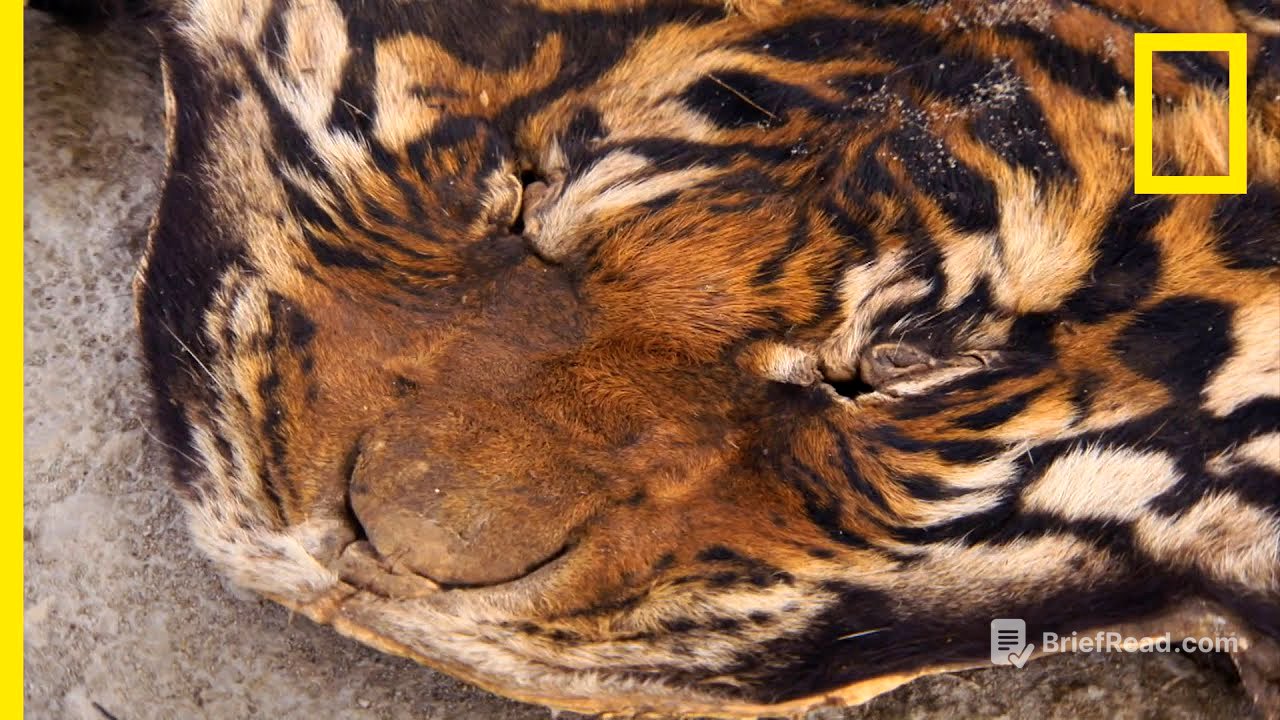TLDR;
The video explores the illegal trade of endangered animal parts in Nepal, revealing the massive scale of the problem and its devastating impact on wildlife. It highlights the role of ignorance and deeply rooted beliefs in driving the demand for these products, particularly rhino horn, and showcases the efforts of government agents to combat this illicit trade. The journey through warehouses filled with seized contraband and open-air pens containing remains of slaughtered animals exposes the brutal reality of wildlife crime and its emotional toll.
- The illegal trade of endangered animal parts is a multi-billion dollar industry, rivaling narcotics and illegal firearms.
- Government agents in Nepal warehouse seized contraband, including hides, skulls, and horns, worth millions of dollars.
- The demand for rhino horn, driven by unfounded beliefs in its medicinal properties, fuels the slaughter of these animals.
Introduction [0:00]
The presenter is taken by Sabita to witness the scale of the illegal trade of endangered animal parts. They are going to a warehouse outside of Chitwan where seized contraband is stored under armed guard. Cameras are rarely allowed inside.
Inside the Warehouse [0:48]
The presenter is taken to a locked room filled with seized animal parts, including leopard hides, deer skulls, forehorn antelope skulls, royal Bengal tiger remains, black bear parts, and rhino hooves. The estimated value of these items on the black market is millions of dollars. Another room contains even more stock, including Tibetan antelope wool, known as shatush, which is obtained by killing the antelopes. A single shatush shawl can sell for over $6,000. Smugglers of endangered animal parts face up to 15 years in prison if caught. The presenter examines a rhino skin, noting its thickness and armor-like quality.
Open-Air Pen [3:01]
The presenter visits an open-air pen containing the remains of slaughtered animals, describing it as a jarring and sickening experience. Even baby animals are not spared. The bones and pelts still have flesh on them, and the smell of rot is overwhelming.
The Root of the Problem [3:32]
The greatest threat to conservation is people's ignorance and the deeply rooted belief that rhino horn has medicinal properties, such as curing cancer and rheumatism. This belief drives the demand for rhino horn, leading to the destruction of entire animals for a small part. The presenter expresses the emotional impact of witnessing such wanton destruction.









